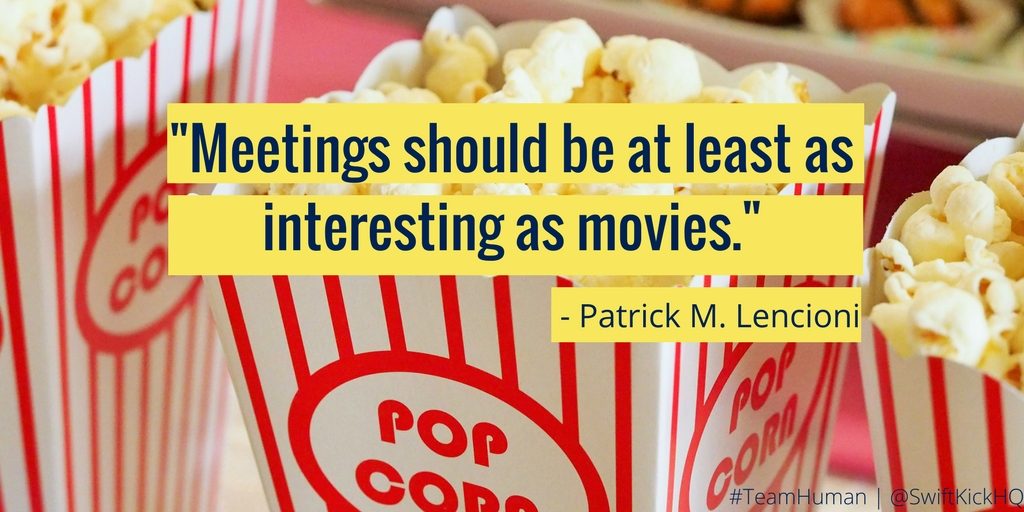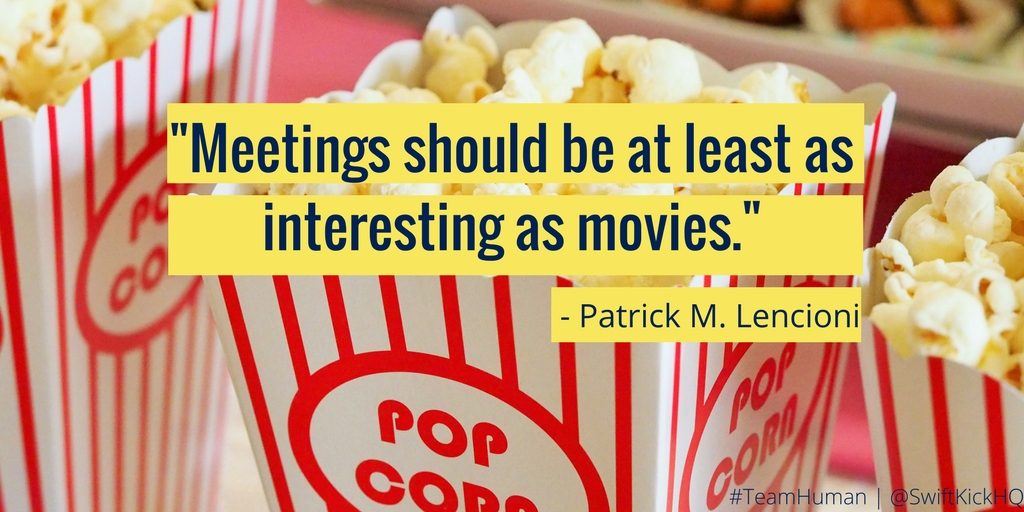I was coaching a business owner about how frustrated he was with his team. He said that in a recent meeting, the team had a conversation around a new project to work on. At the end of the meeting there was a vote and everyone unanimously agreed to make the new project happen. But then as soon as the team left the room, things fell apart and people voiced concerns about the project. Ultimately the project failed because of this lack of team alignment.
As I listened to him vent for an hour, I realized that he needed a checklist for situations like these. He had to make sure that his team was ultimately aligned from the meeting room to their daily work flow. I introduced him to The Three Ds of Team Alignment.
Debate
A team’s ability to have open, honest, and healthy debates during meetings is a key sign to how successful the team will be in everything else they do. Your brainstorm meetings should be messy. They are a space for everyone to voice their opinions and concerns without backlash. The key here is to focus on debating ideas, not people. If the debate turns towards people, then pull it back to the ideas as quickly as possible. Focus on topics, not ad hominem attacks.
If no one is debating ideas, the team leader should be nervous. If no one is acting as a contrarian, then you should step into that role to get a good debate going.
A healthy debate is a sign of a healthy team.
Quote from The Five Dysfunctions of a Team: A Leadership Fable
Decide
Once you’ve had a healthy debate, and you feel like there have been enough dissenting voices, it’s time to move on to deciding the next course of action.
As the leader of the team, refrain from casting your vote first, since you will probably sway the group due to the dangers of Group Think. Give each person the option to vote. By letting your team help you make the final decision, they will have a stronger sense of ownership after they leave the meeting. Don’t worry, you as the leader still have veto rights if needed, but only use your veto on very rare occasions so as not to lose the team’s buy-in.
With a decision comes clarity for both you and your team. Your team will leave the meeting feeling like their voice was heard, they had a say in the final decision, and are part of a unified front.
Do
After the dust settles and the team is committed and aligned, it’s time to head out of the meeting room and into the “real world.” Turn your plan into action and DO. The difference this time is that your team will be a unified force moving forward. With this consensus, your team will better be able to hold each other accountable. The results of the team’s work will be what matters, above individual differences.
The best part of having team alignment is that outsiders who interact with your team will sense the team’s strength, clarity, and commitment no matter who they interact with.
Make sure you walk your team through each step above without skipping one. Each step is critical to the final outcome. If there is no debating, there won’t be a clear decision. With no clear decision, there won’t be a unified team to do the work. As the leader of the team, it’s your job to make sure all three parts happen and happen in the order listed above. Follow these steps and you’ll be leading a rock star team in no time!





